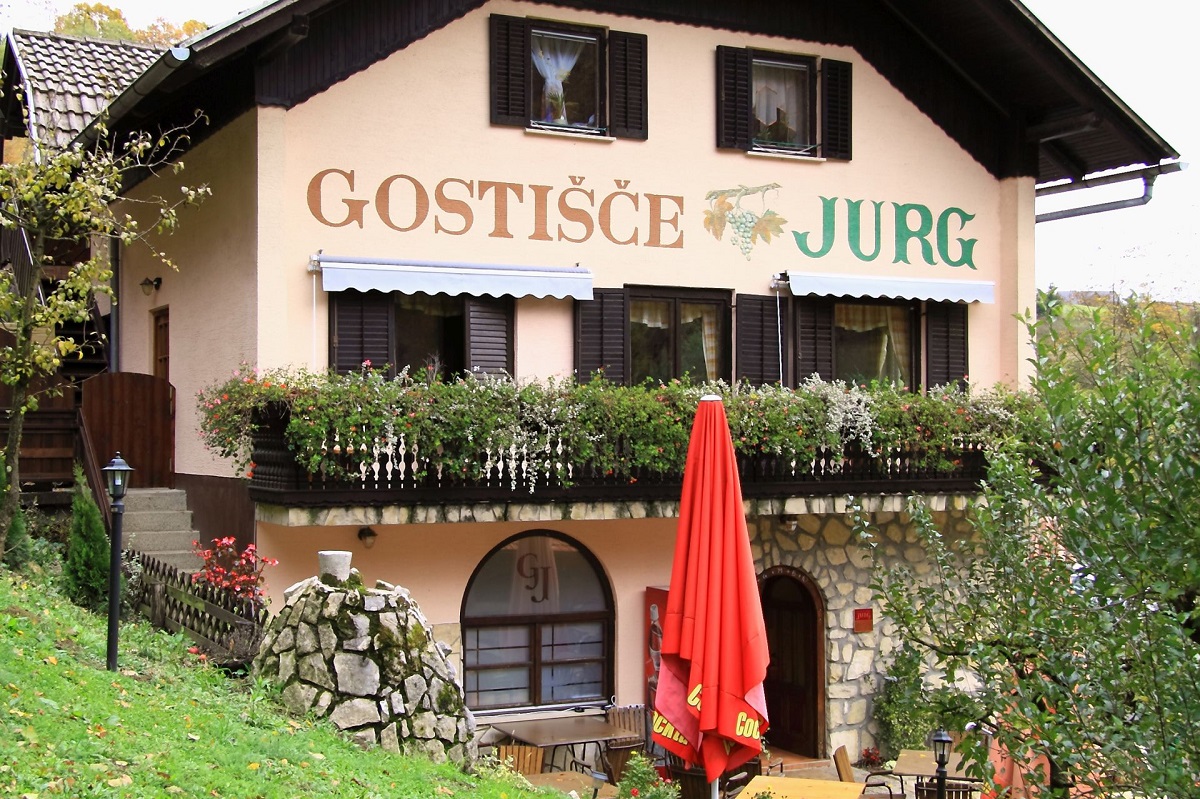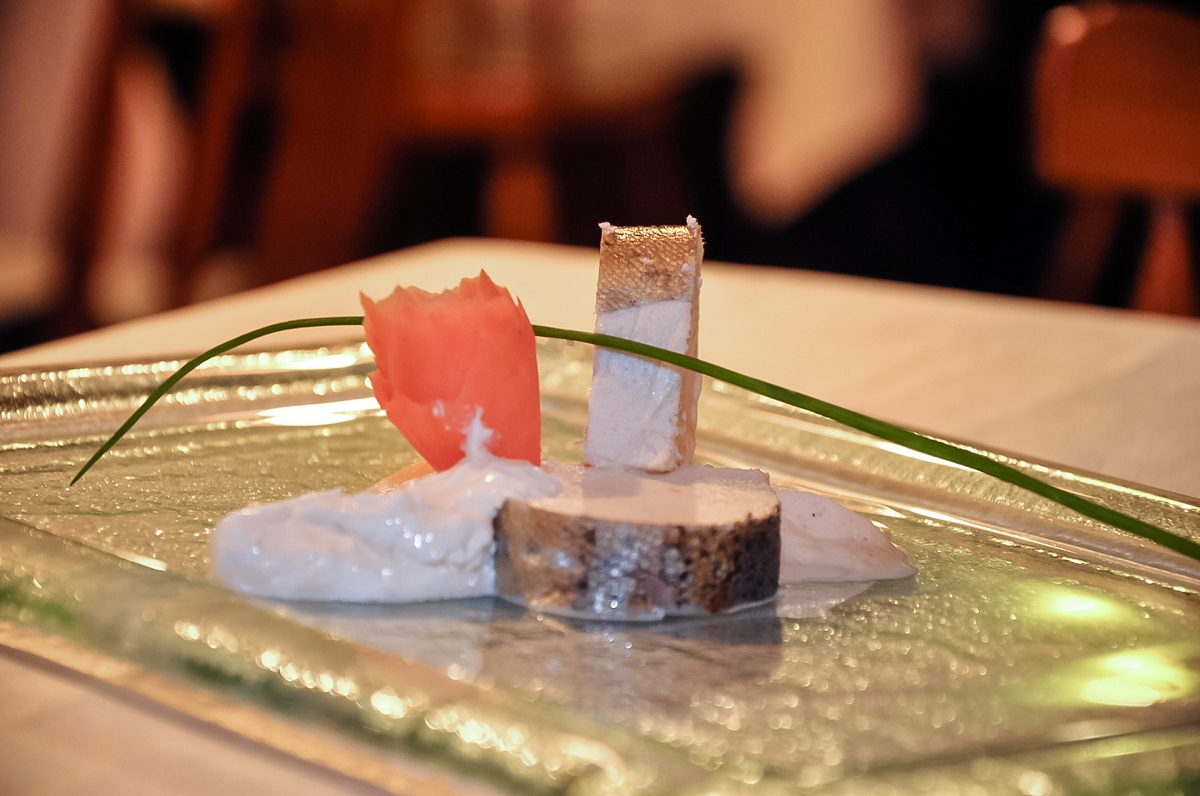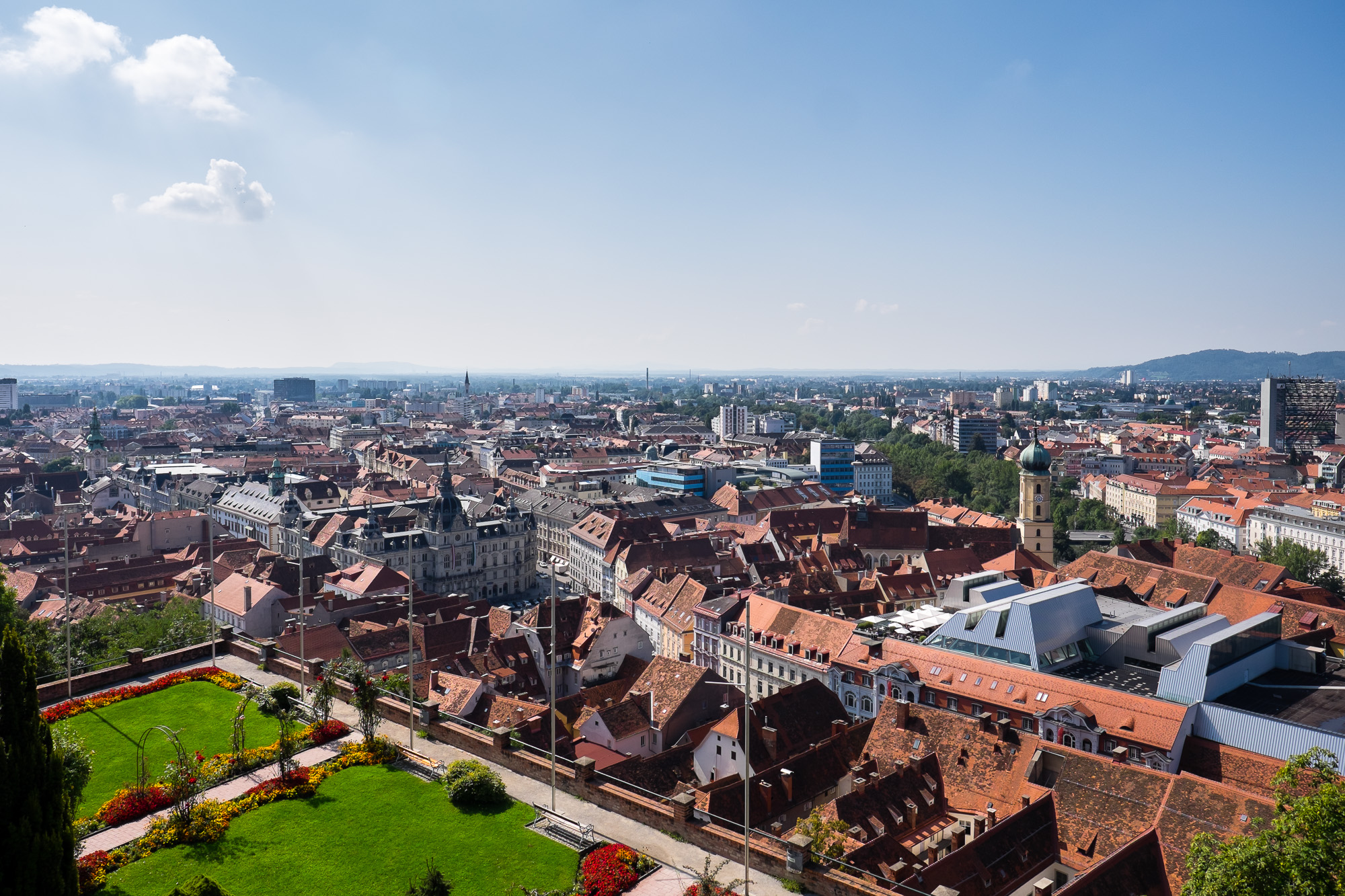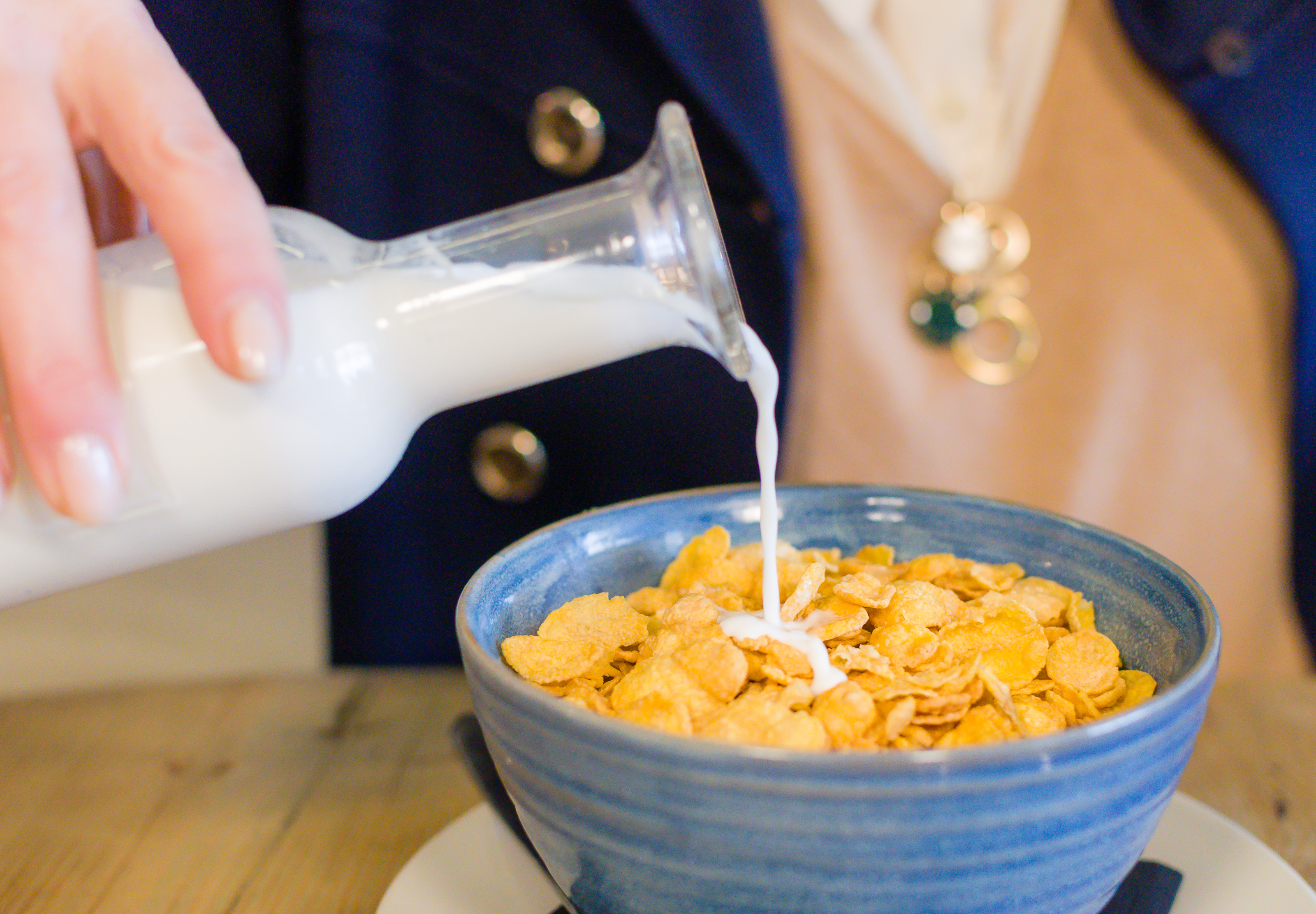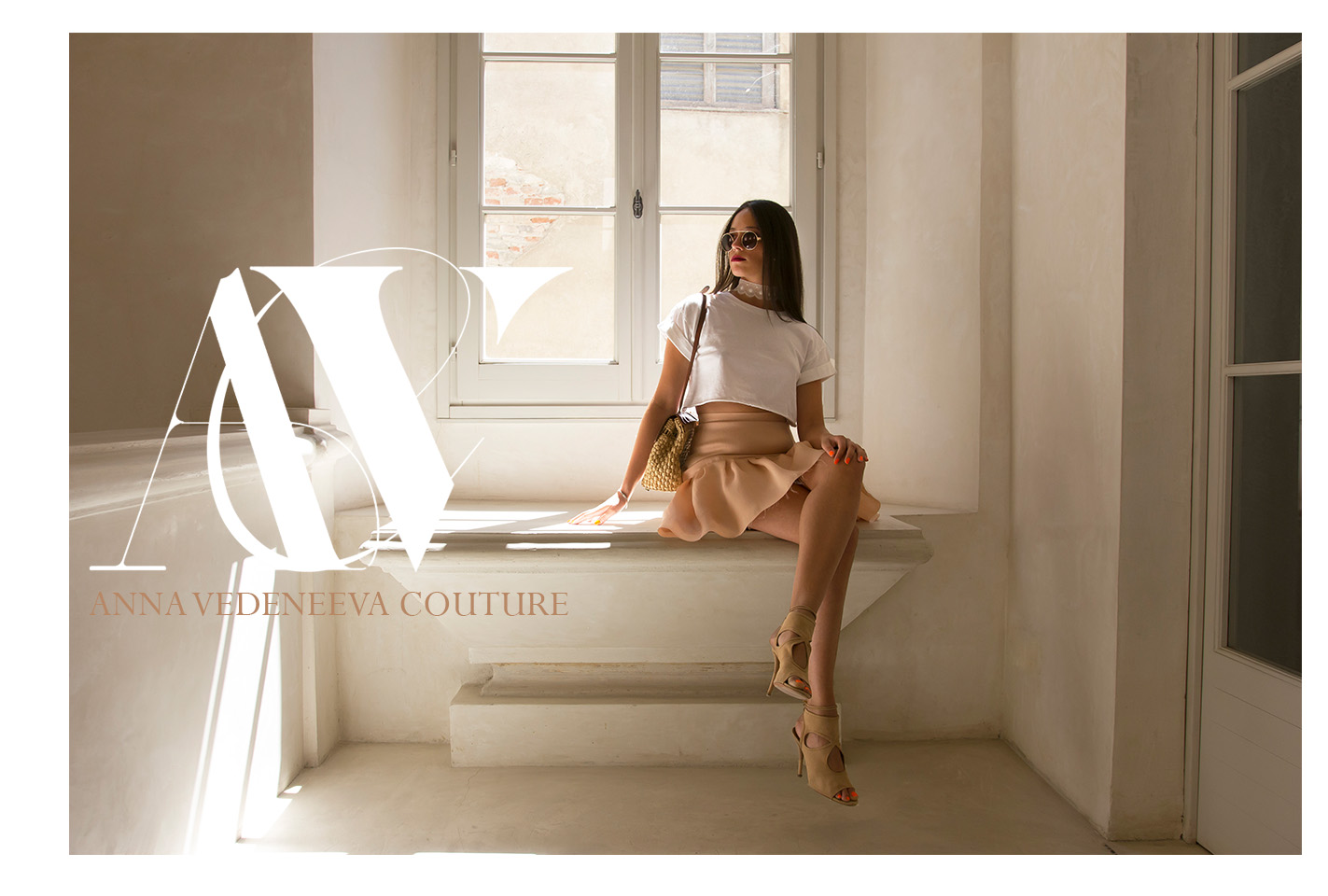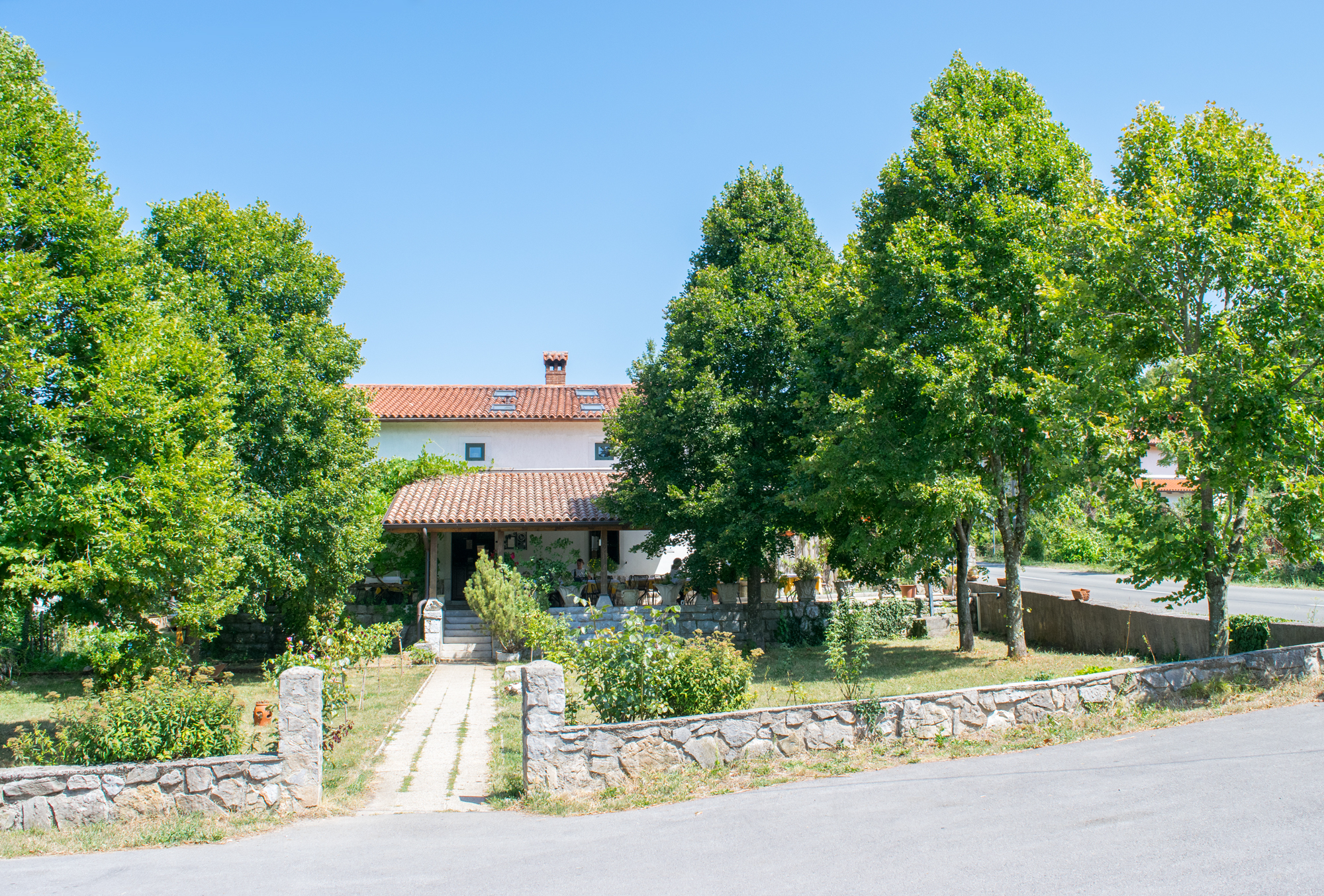I’m back in my “Middle Europe explorer” costume. This weekend is entirely dedicated to the town of Rogaška Slatina, about a mile northeast of Ljubljana.
This name has always reminded me of the famous crystals, so the first place I visit is the Rogaska crystal and glasswork plant where for over 350 years they’ve produced incredible objects in glass and crystal.
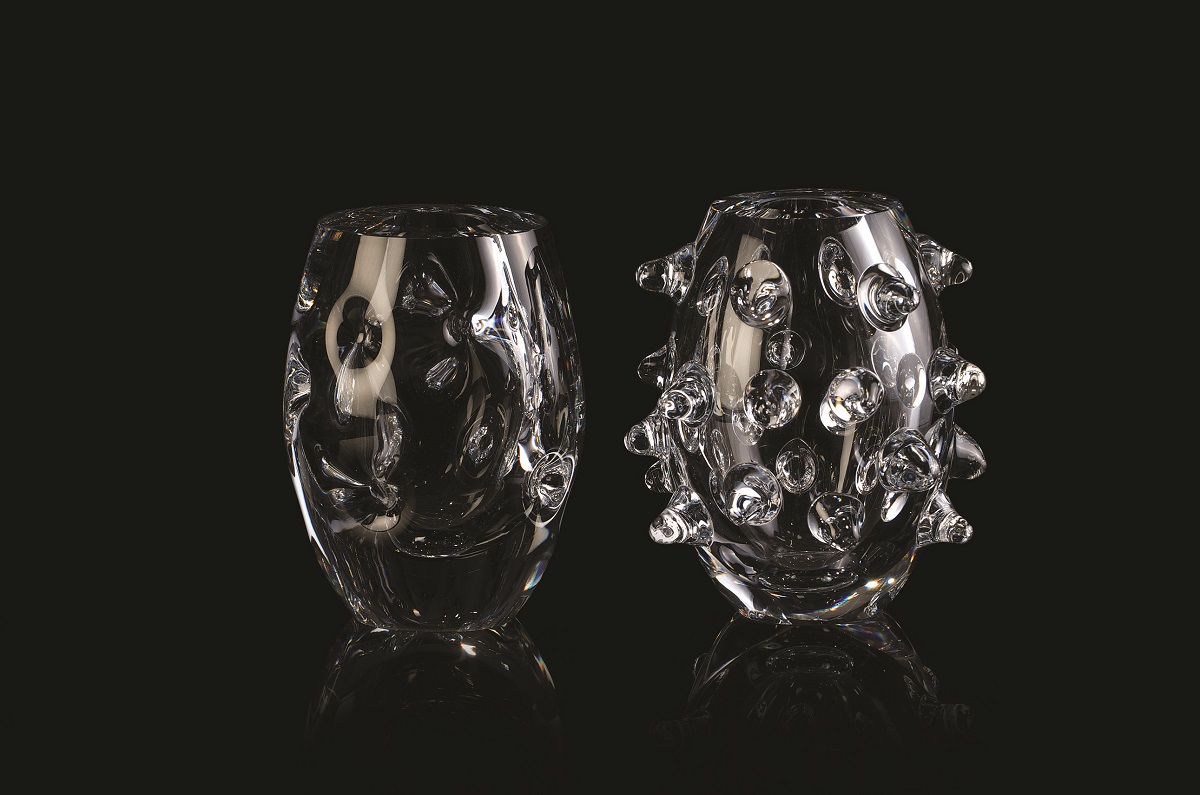
I’m welcomed by Sašo, who speaks perfect English and tells me how this industry started, along with the discovery of the beneficial uses of the thermal water of this area: the people who came here for their holidays needed glassware and bottles, and the area was rich in the raw material for such a production: silicon mines (main ingredient in glass production) and mineral mines, large forests rich in wood needed for the furnaces and coal. Through a guided tour you can visit all the different steps of production and observe expert hands that mould the glass, after it’s been take out of one of the two large furnaces (where the temperature reaches 1500 degrees), into lovely glasses. The next steps are the cutting, the sanding and the colouring.
What surprises me is that most of the glass work is entirely hand-made. It’s so important to preserve this art that a technical school was created and today 15 students of the second year are here to try out a few practical techniques. About 1000 people work in the factory, which produces 8 million pieces a year! These brilliant pieces are sold word wide, including a few productions for luxury brands. I’m amazed and I suggest you contact the company to organize a guided tour, available from Mondays to Fridays, so you can get a proper look at their work and properly appreciate the result. They even have a store where you can buy the products at discounted prices.
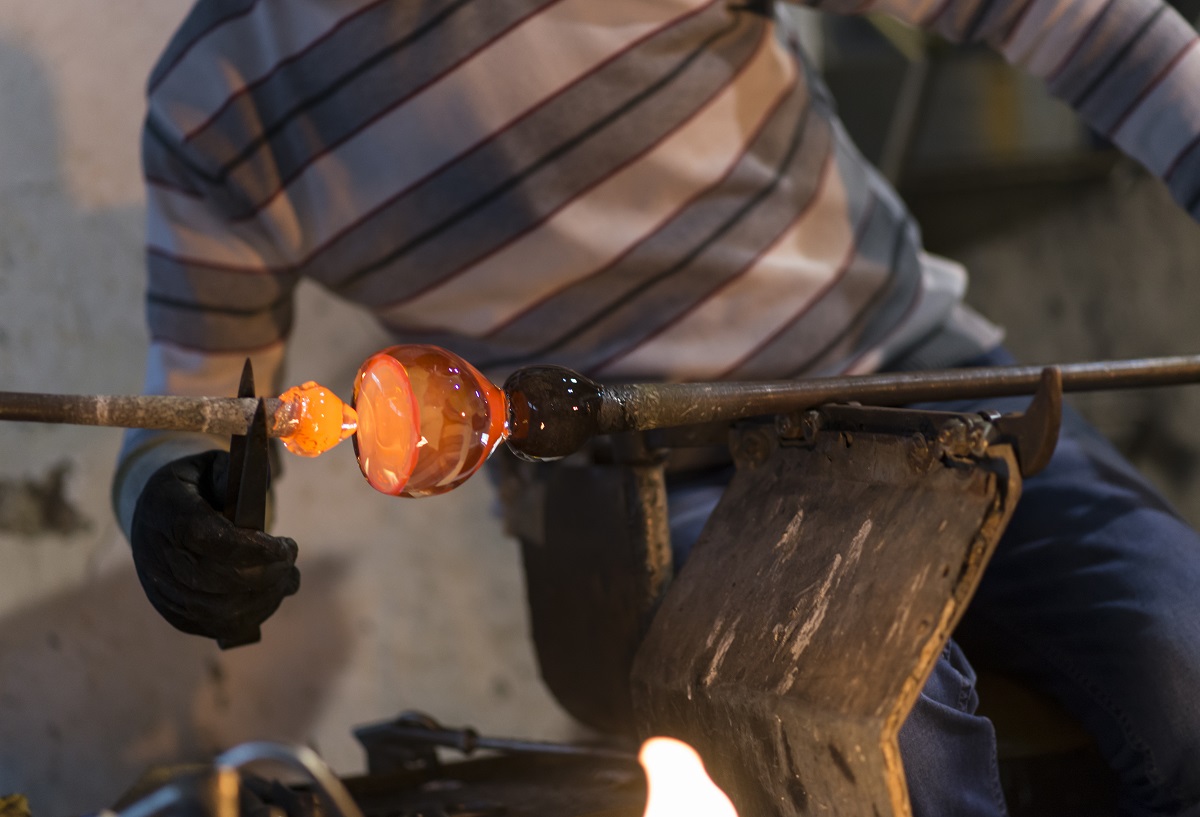
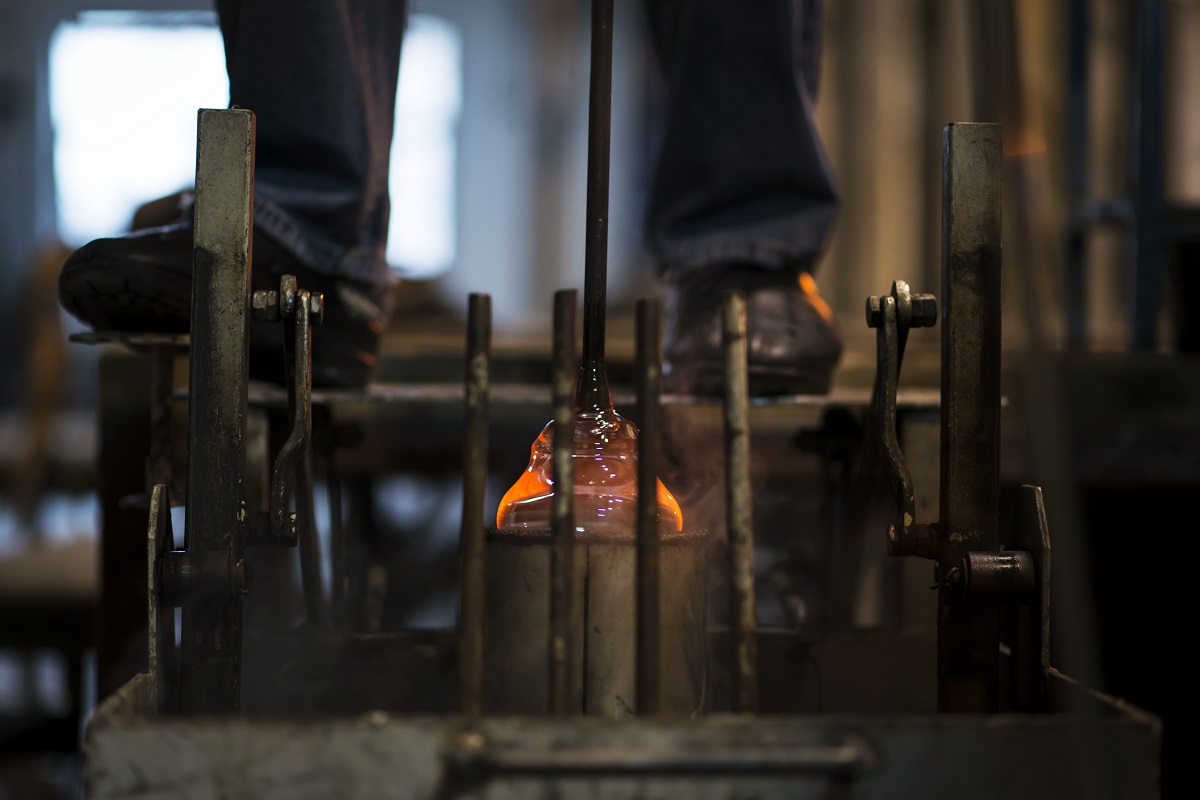
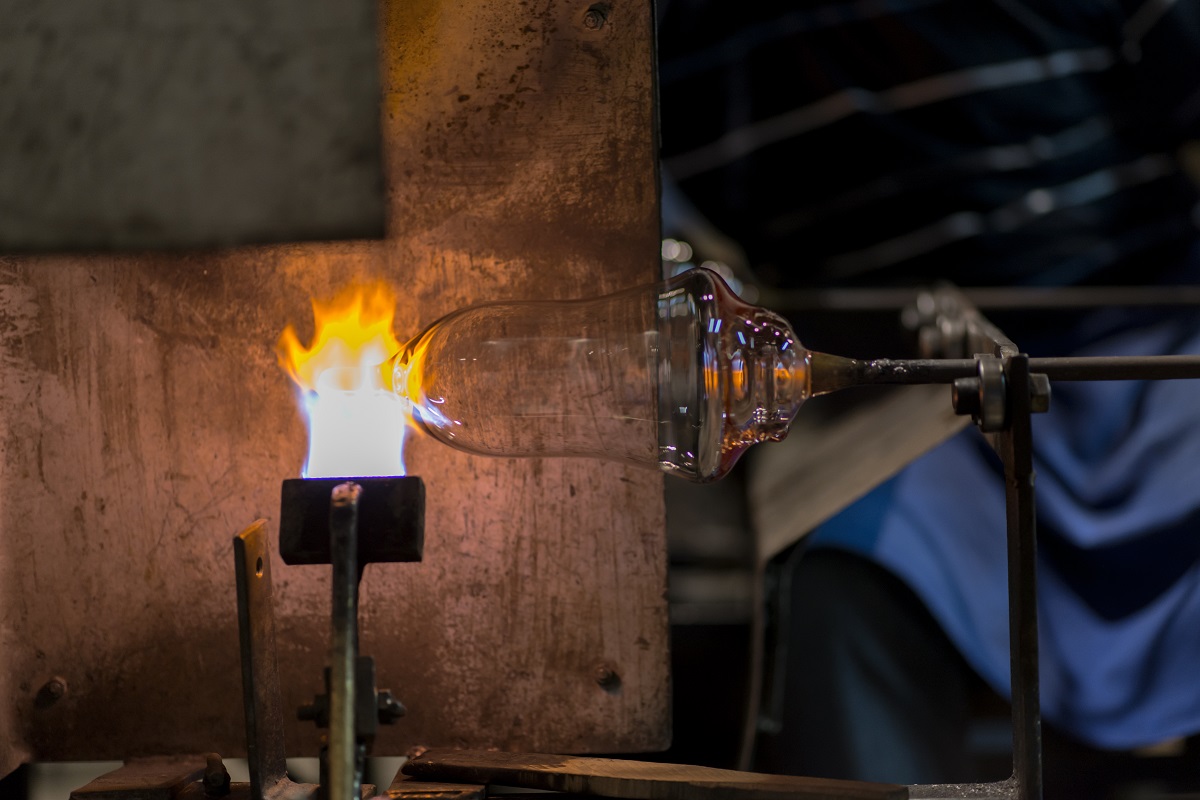
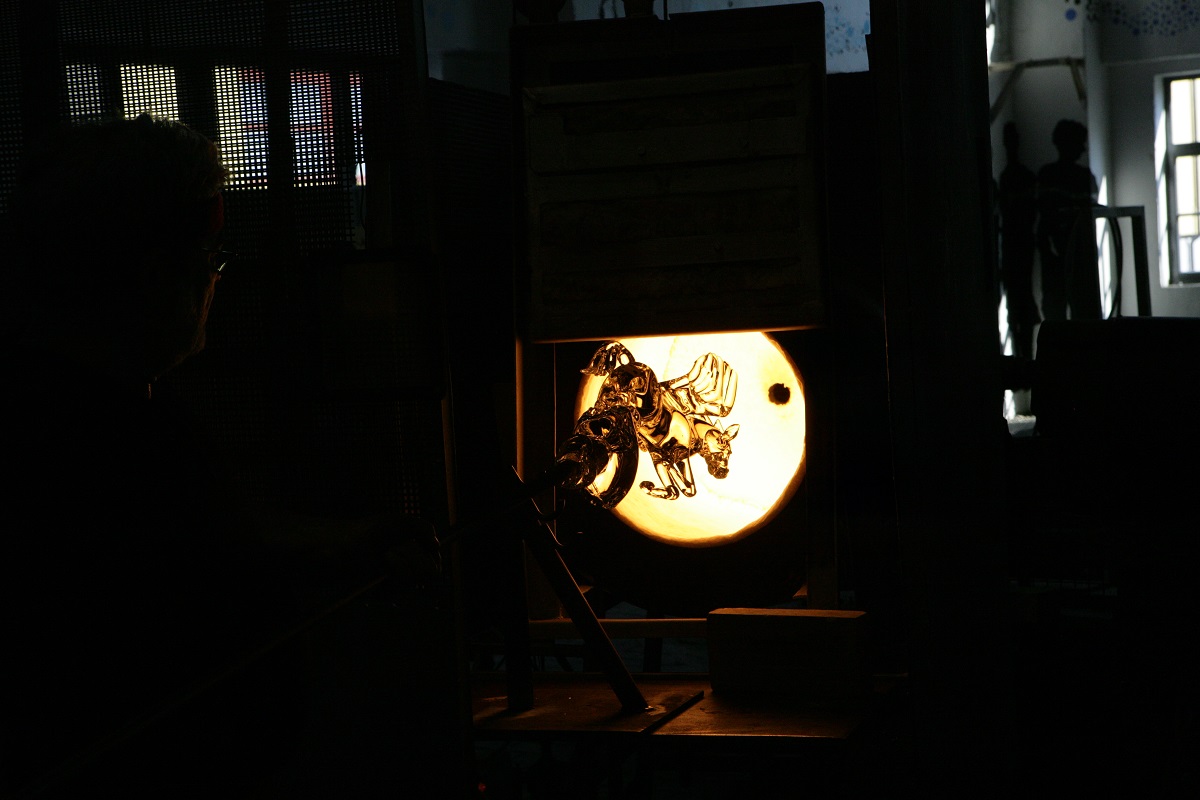
For whoever is planning a visit on a Saturday or Sunday, an alternative is visiting the Anin Dvor museum, a modern building where as well as a crystal production exhibition, they even have an archive or old prints, a colourful private collection connected to the Karađorđević Serbian Royal family, two areas dedicated to wood and water which are the main natural elements in the region.
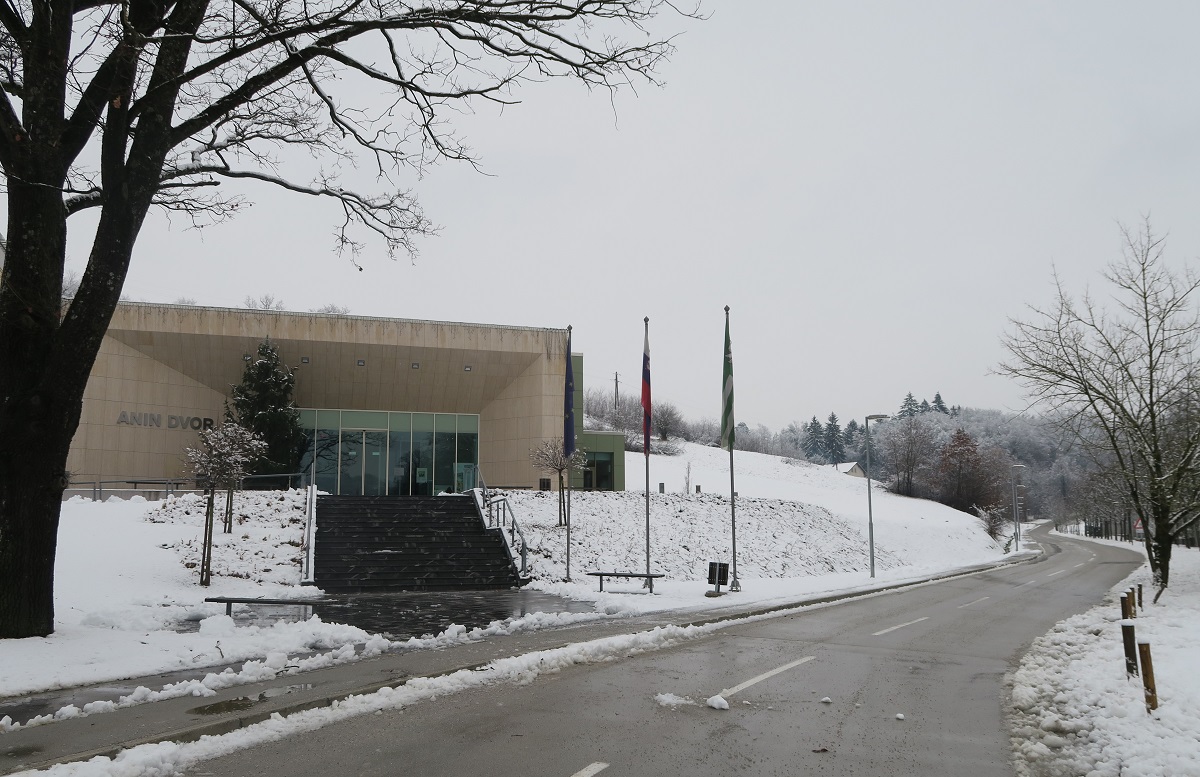
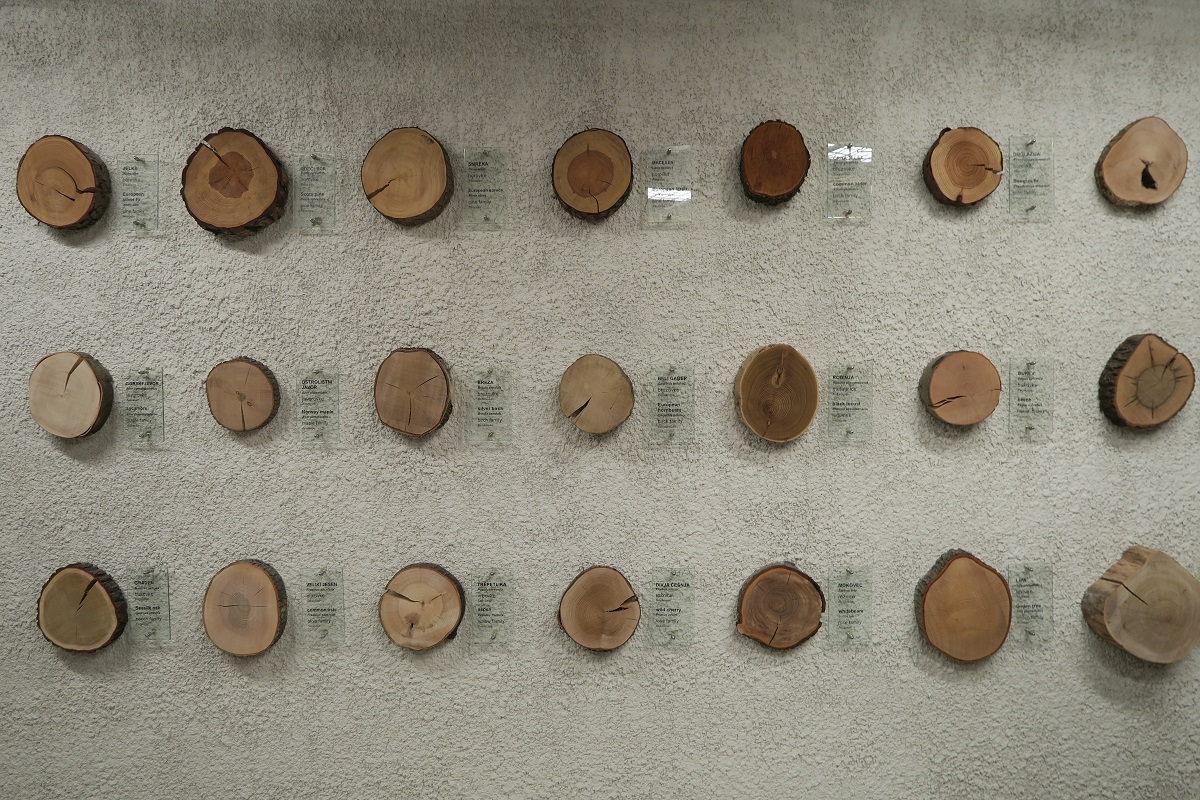
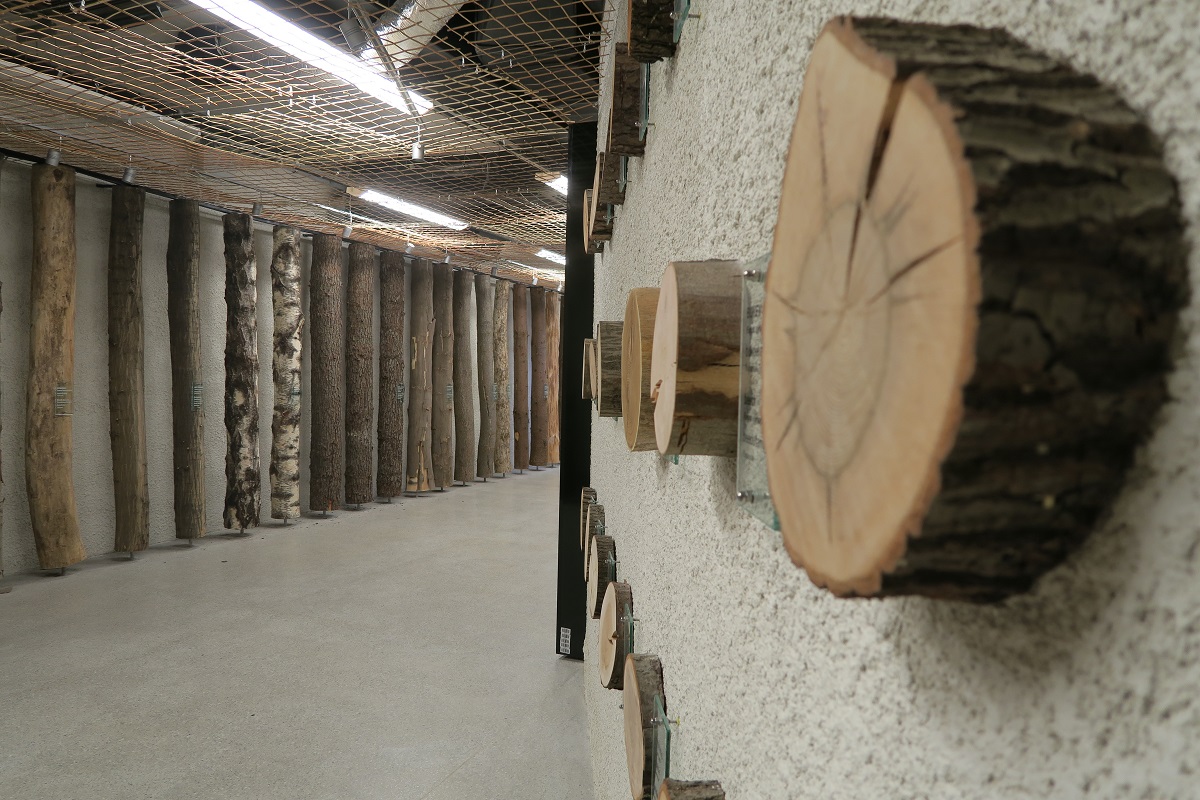
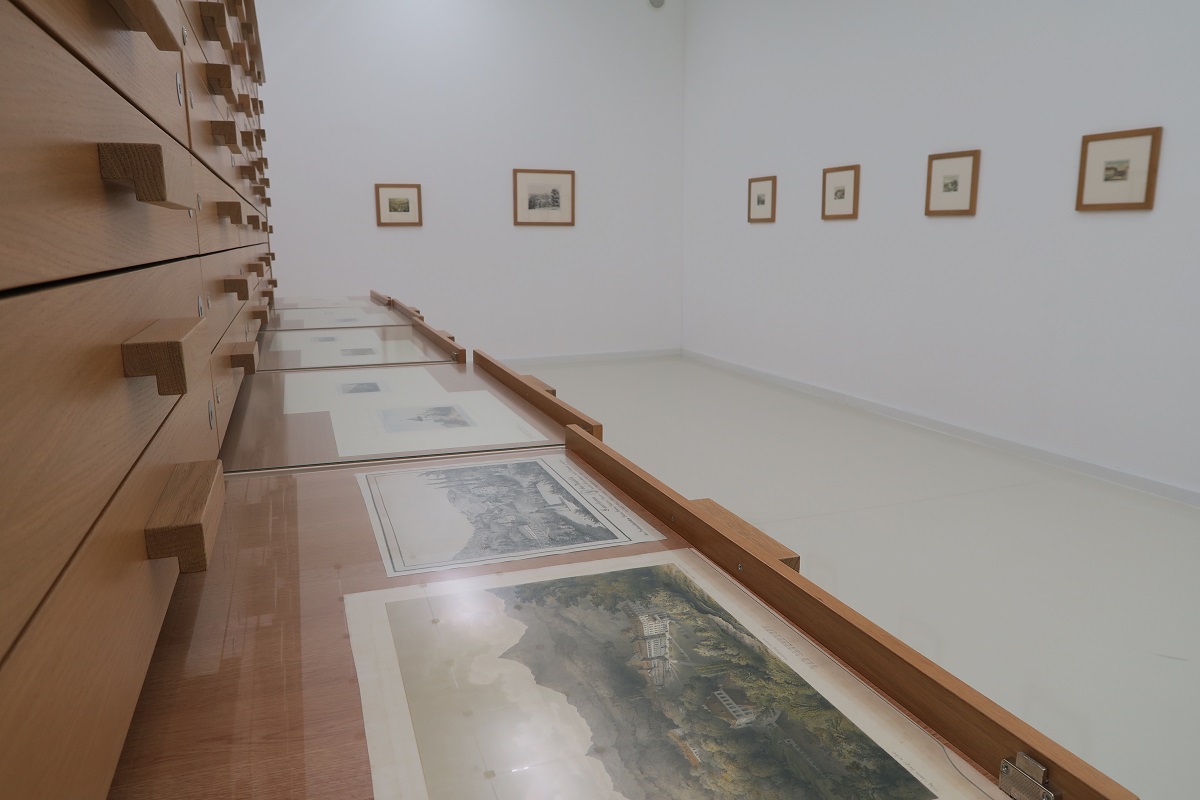
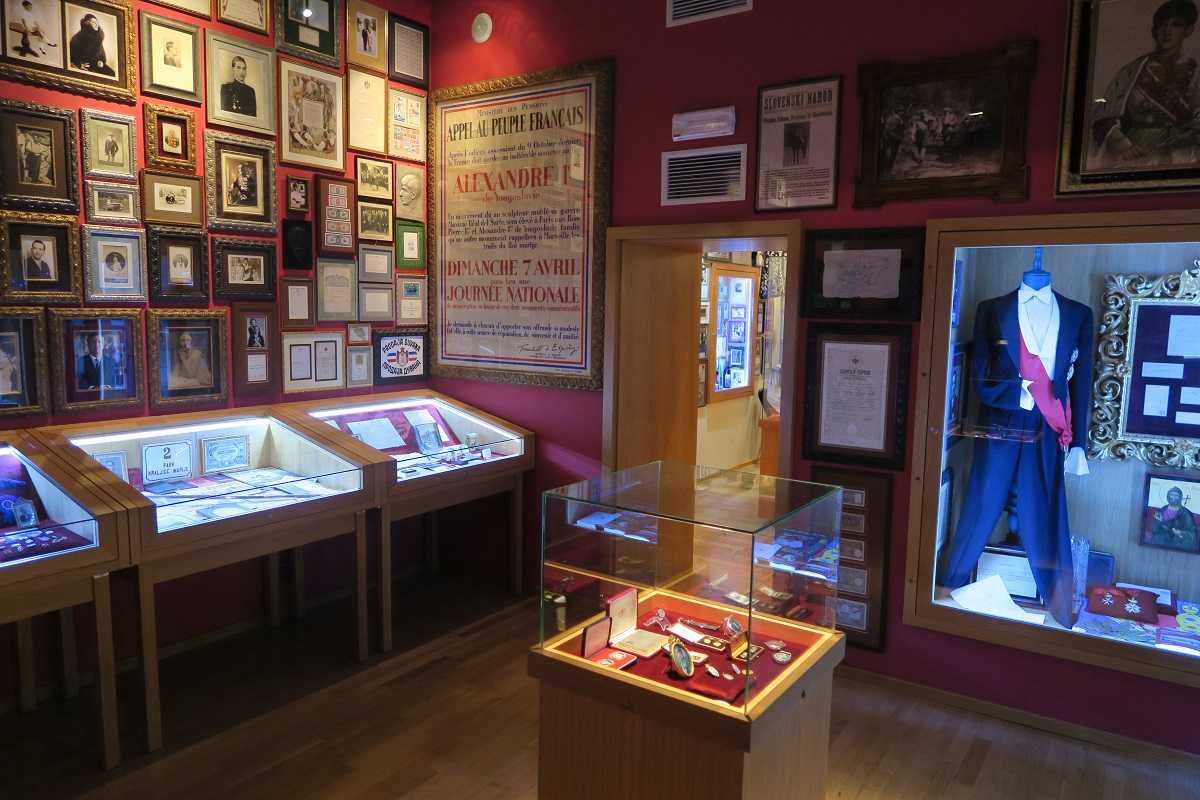
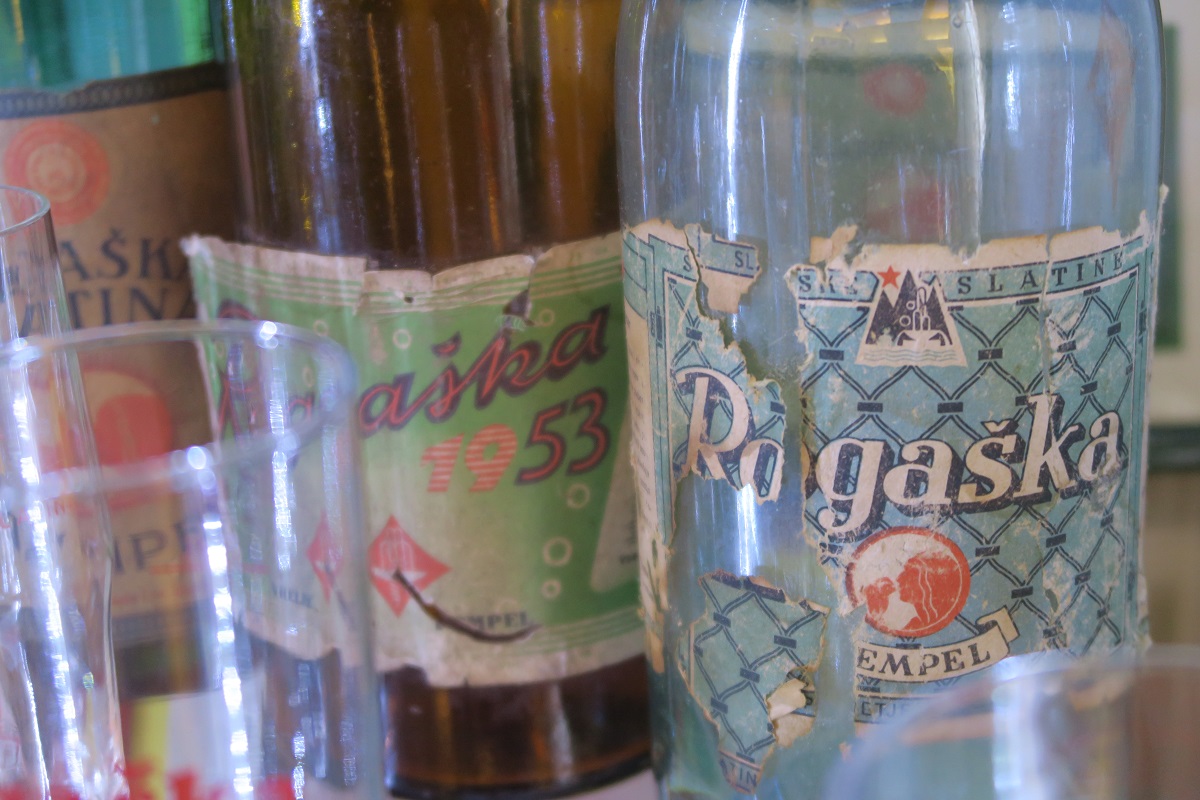
The atmosphere you feel as you walk down the central avenue of the city will take you back in time, when in the central ballroom of the Grand Hotel Rogaška waltz’ used to play under chandeliers and reflect in elegantly decorated mirrors. It’s so cold out I decide to go in to admire the historical building and sip a lovely hot chocolate.
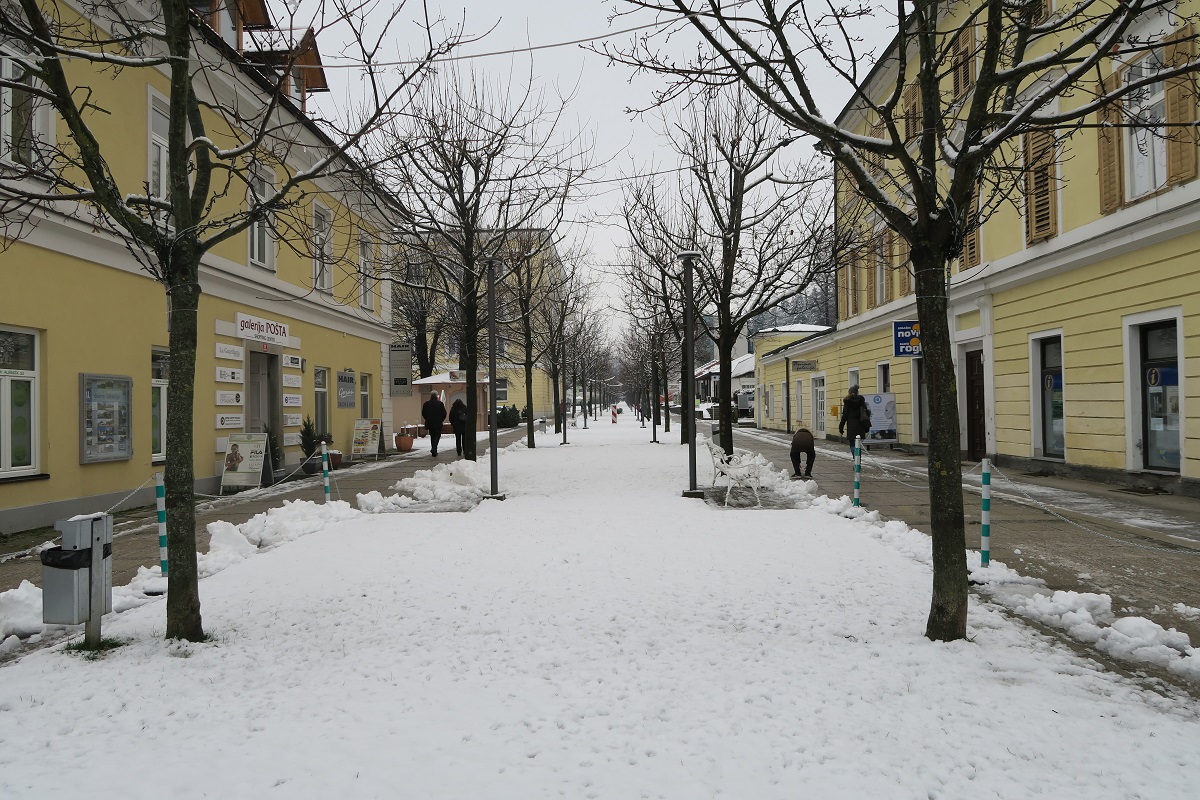
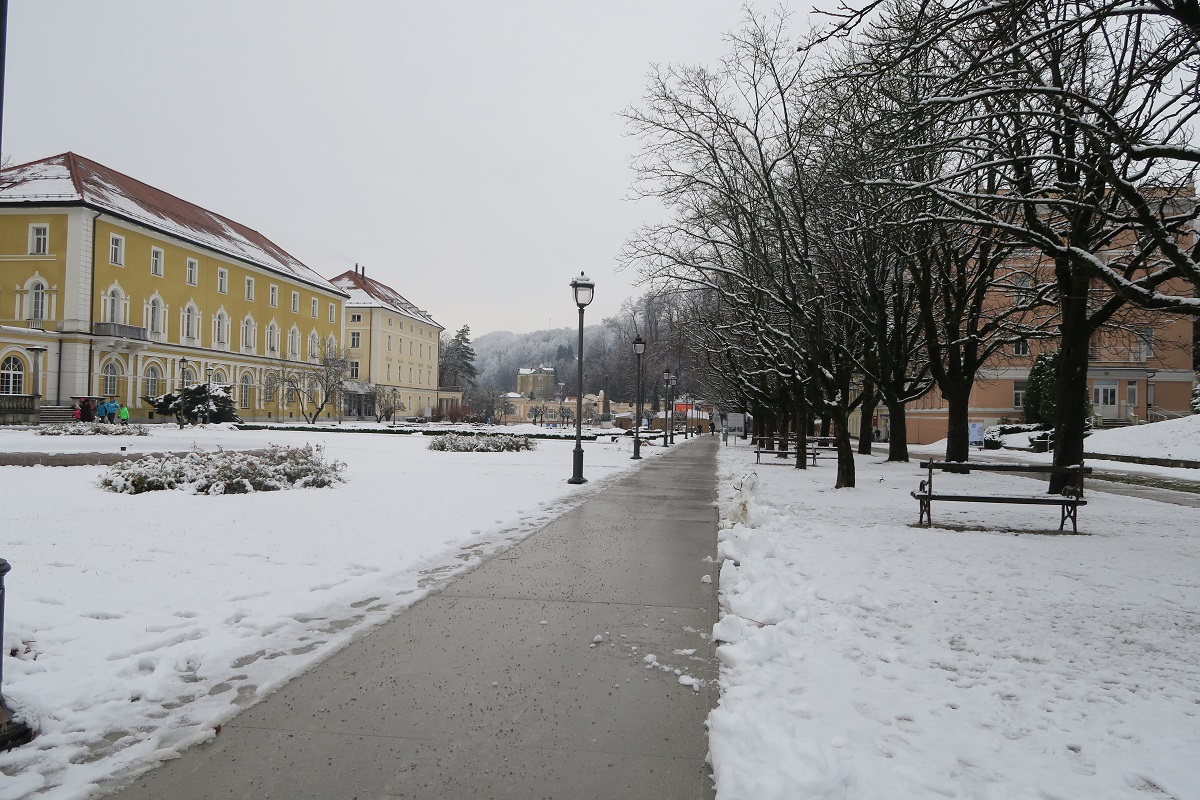
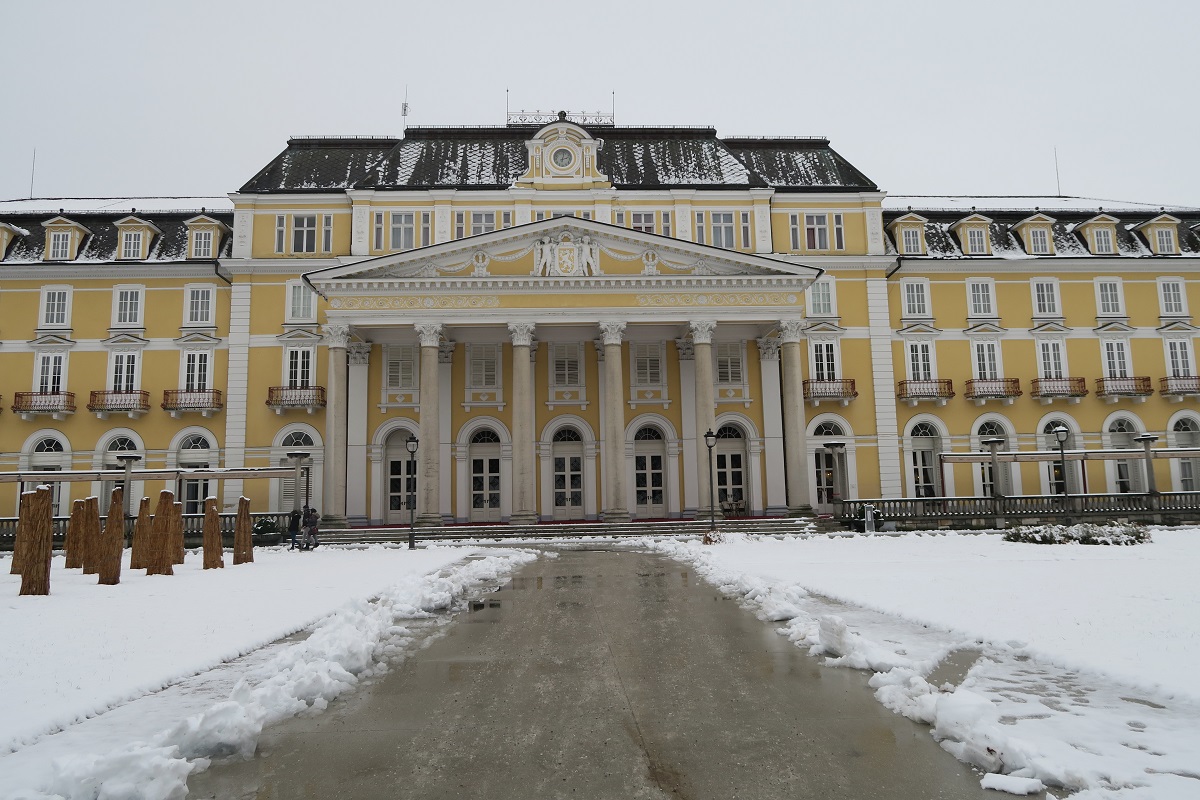
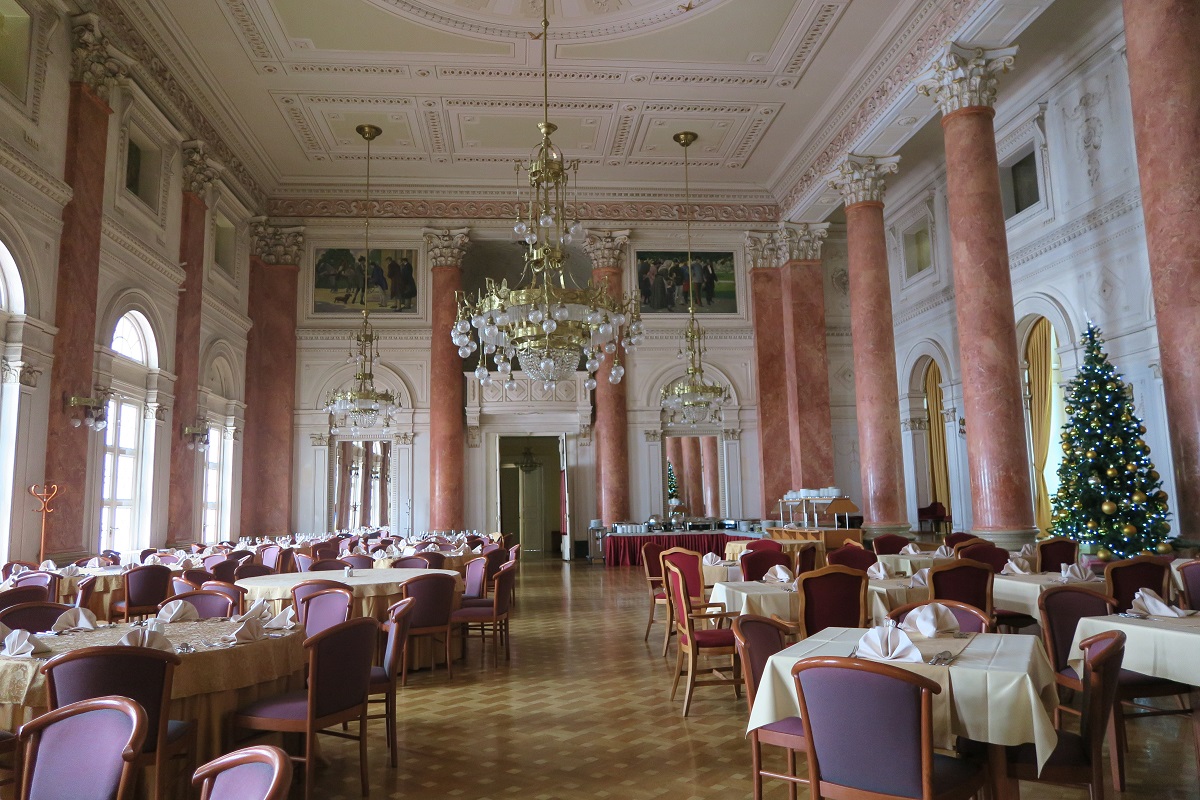
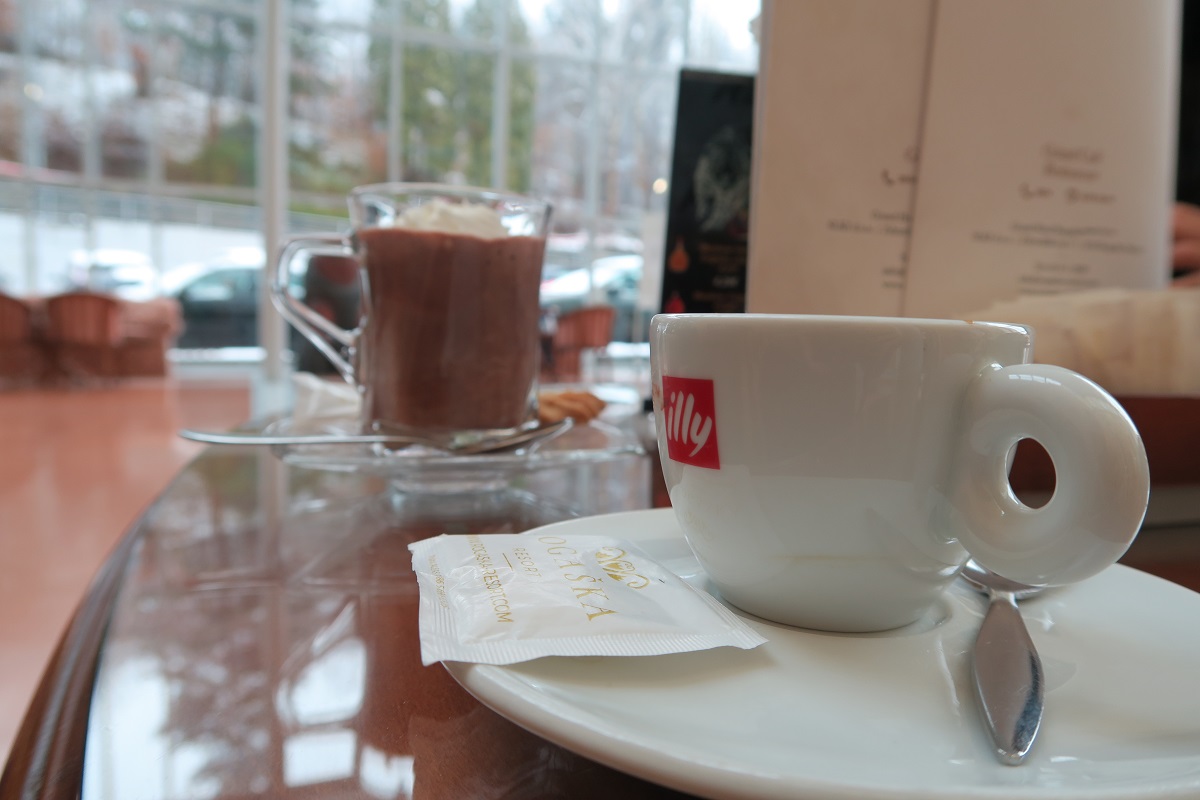
If you walk through the park you’ll then reach the Medical Center, where you’ll get acquainted with the famous Donat mineral water, rich in magnesium. Here you can treat yourself to different treatments (the clinic is specialized in problems connected to the metabolism or the digestive system) but if like me you’re just passing through, don’t miss the chance to buy a 3-euro glass and purify yourself with the water from one of the many fountains. You can drink as much as you want but be careful because it has a few “collateral effects” … I suggest you read the leaflet that explains the ways and quantities that are suggested, if it’s better to drink it warm or cool, if on an empty stomach or after meals.
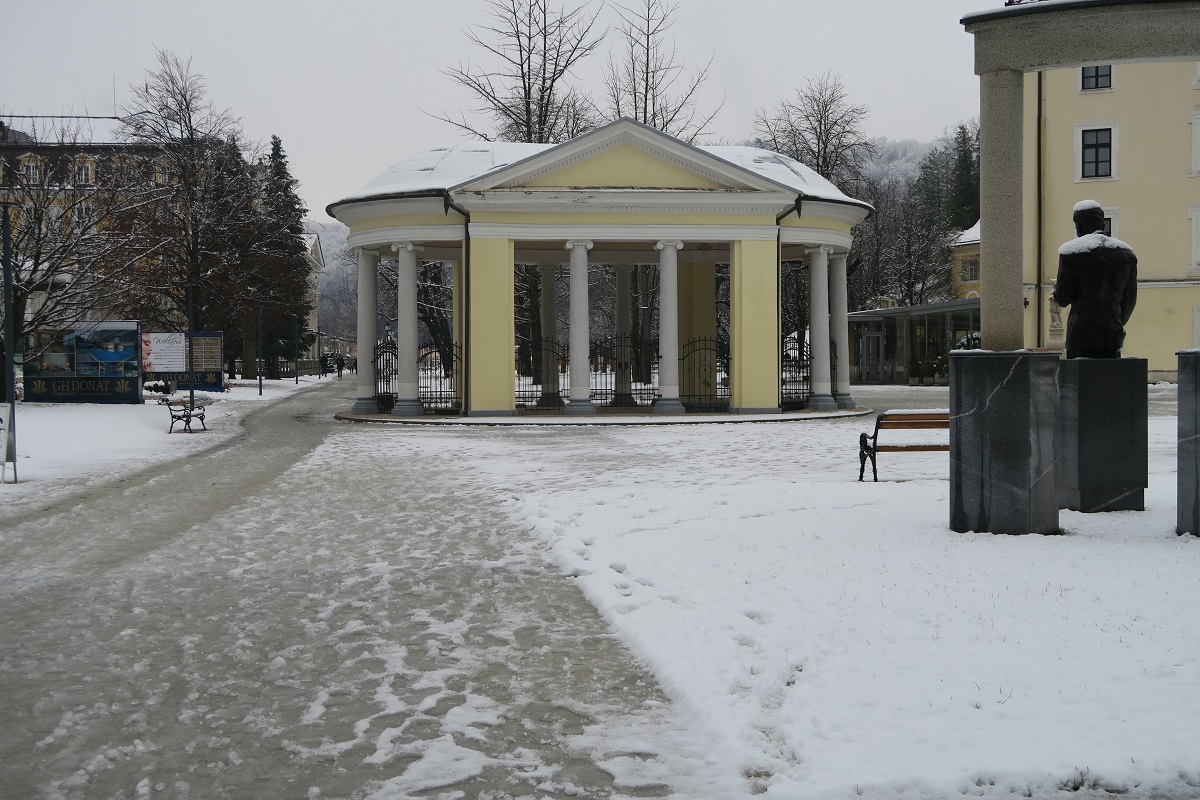
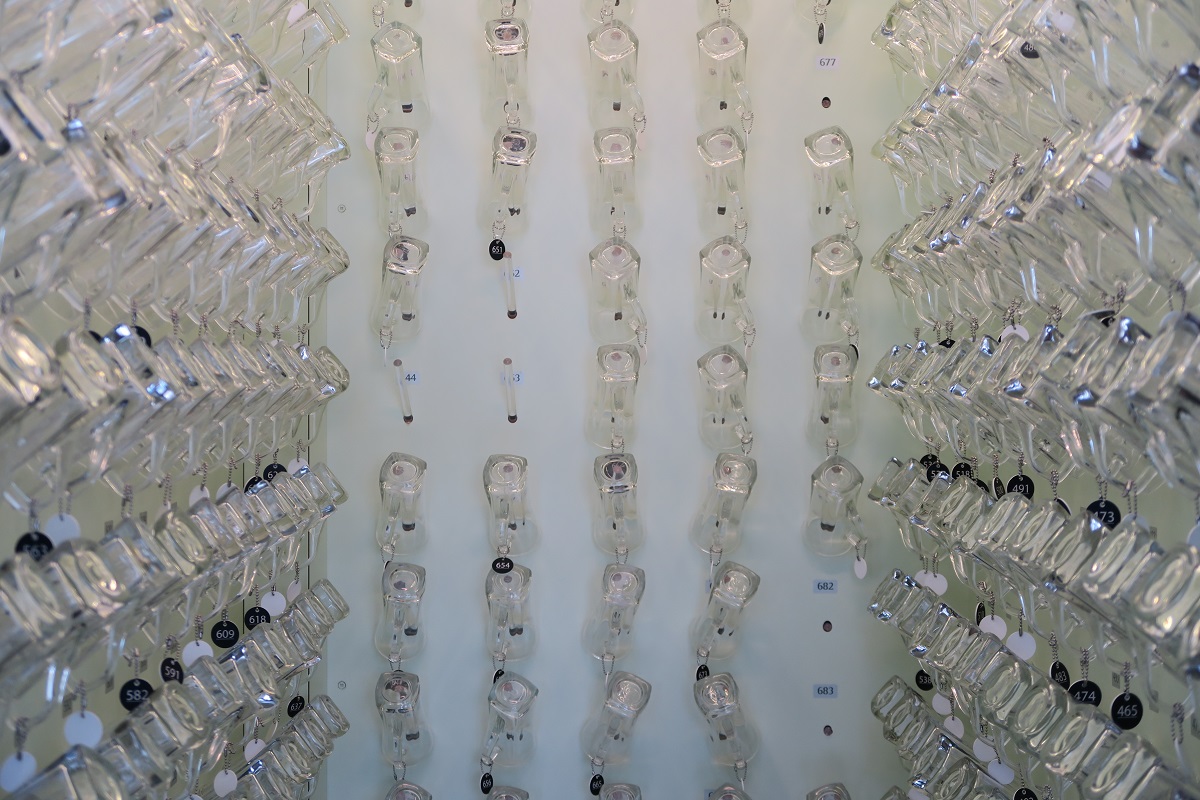
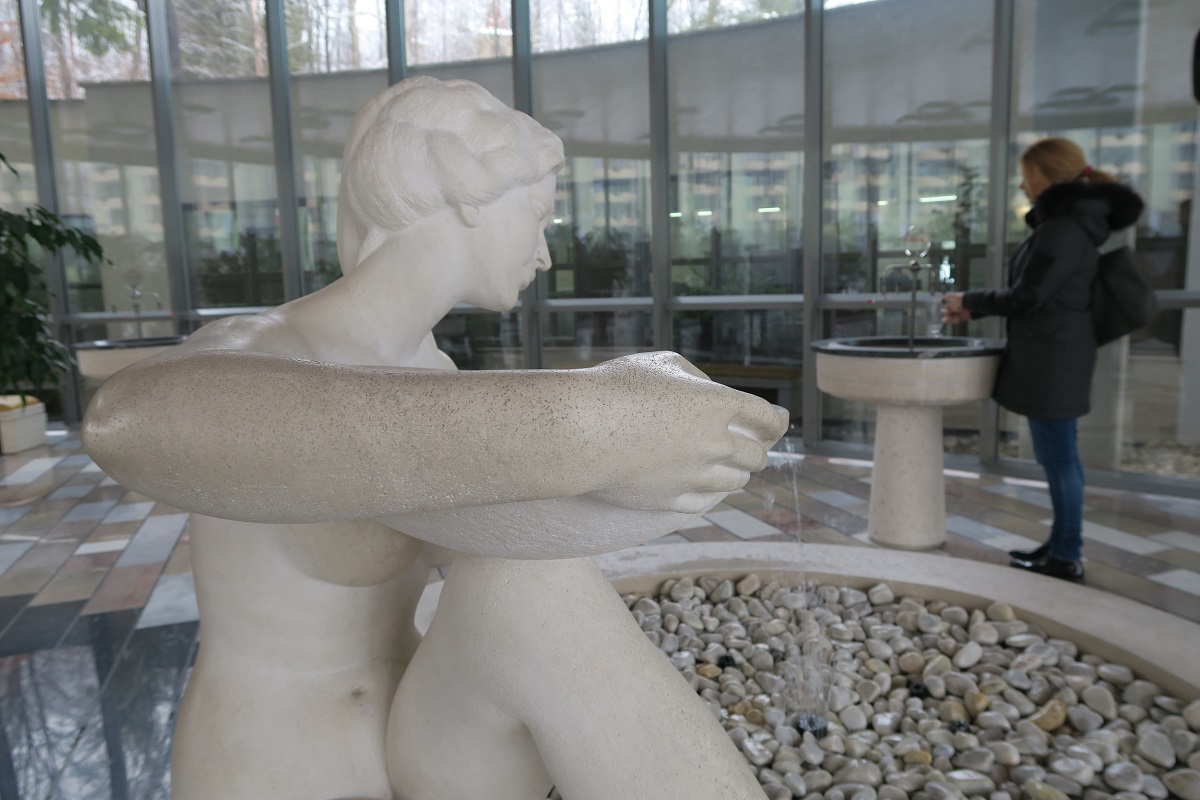
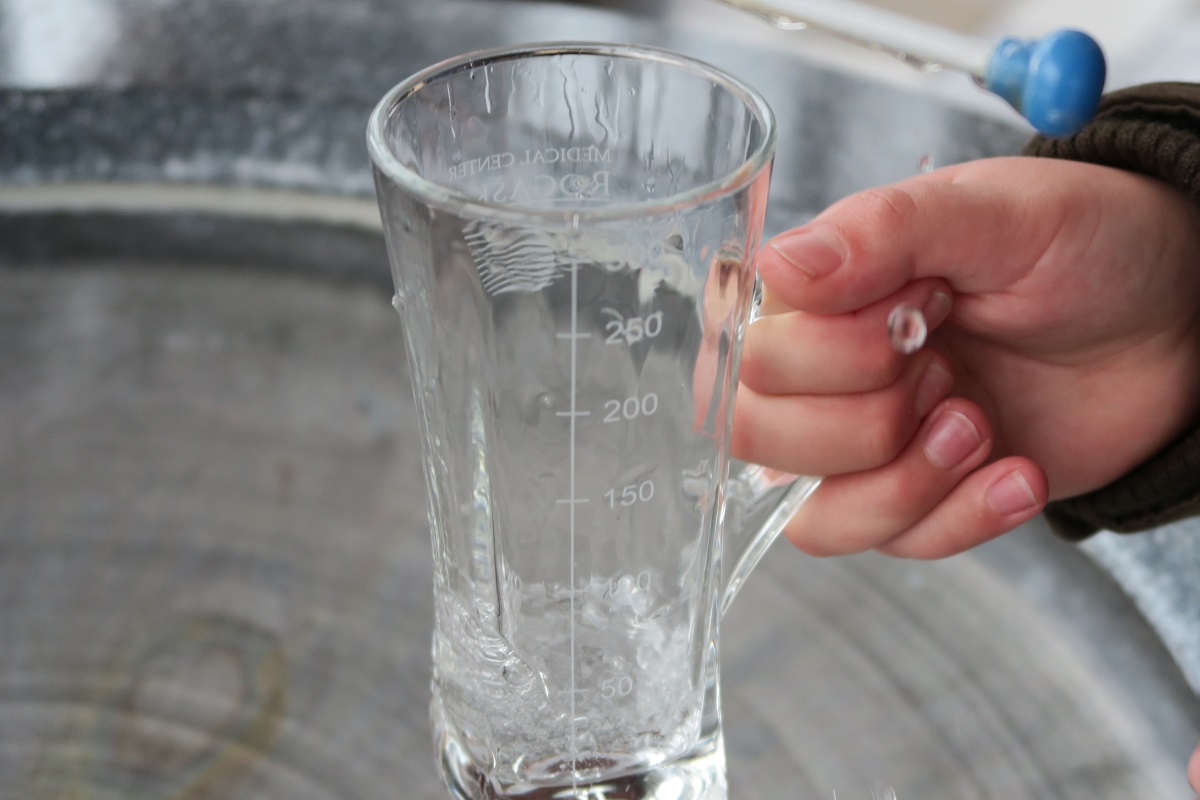
As well as the centre, even the surrounding hillsides are beautiful, with many little churches on the hilltops. I’d like to come back in the summer, to take a lovely walk or a bicycle tour to admire the relaxing scenery. And in one of these valleys there is a perfect place to stop to eat the typical food: at the Gostišče Jurg they have the perfect selection of autumn and winter flavours, lovely meat, an interesting menu and beautiful crystal glasses from which to sip excellent wine!
